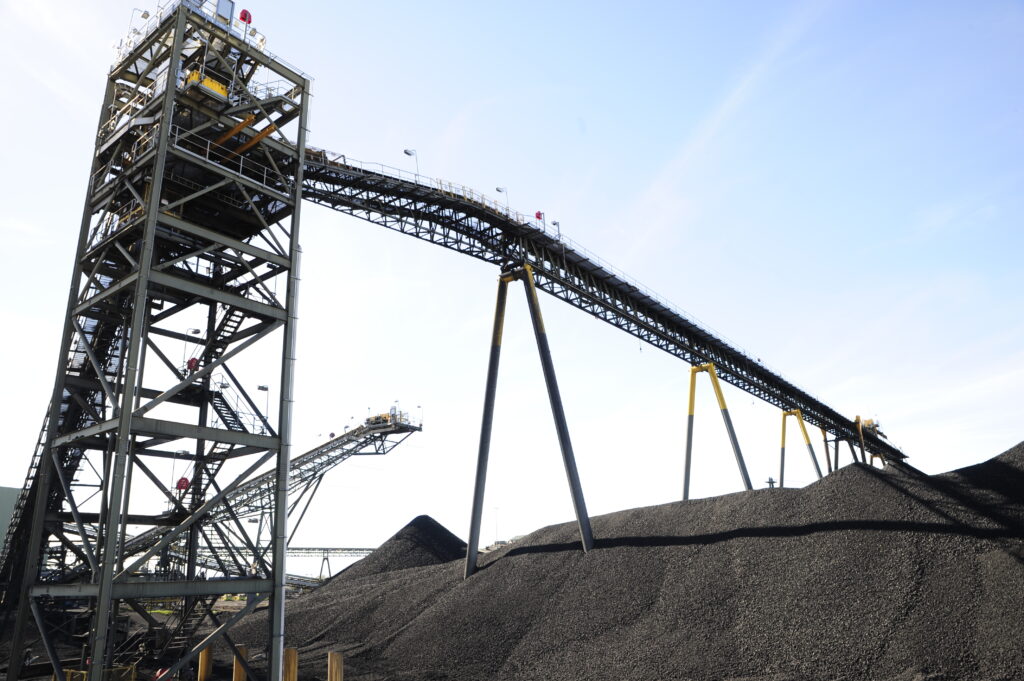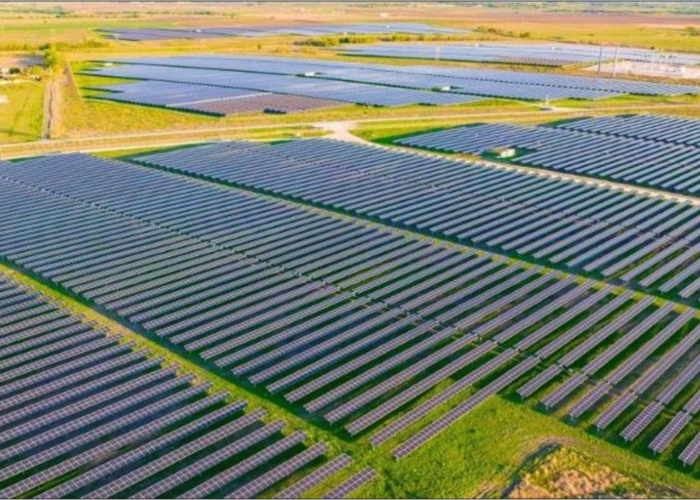
Whitehaven Energy, a subsidiary of coal producer Whitehaven Coal, is seeking Environment Protection and Biodiversity Conservation (EPBC) Act approval to power one of its mines via a 26MW solar-plus-storage project in Australia.
The proposal, available to view on the Australian government’s EPBC portal, aims to decarbonise the operations of Whitehaven’s Narrabri coal mine in New South Wales by utilising a 26MW solar PV power plant with an accompanying battery energy storage system (BESS).
Try Premium for just $1
- Full premium access for the first month at only $1
- Converts to an annual rate after 30 days unless cancelled
- Cancel anytime during the trial period
Premium Benefits
- Expert industry analysis and interviews
- Digital access to PV Tech Power journal
- Exclusive event discounts
Or get the full Premium subscription right away
Or continue reading this article for free
The Narrabri coal mine has been in operation since 2012 and employs around 500 people. It is located 521km northwest of the state capital, Sydney, and has been approved to extract up to 11 million tonnes of coal annually until 2031. It will continue operating until 2044.
Whitehaven confirmed in its scoping report that the project will require a capital investment of around AU$45 million (US$29 million). The operational lifespan of the solar PV power plant would be 50 years, thus surpassing the decommission date for the coal mine.
The company said it would consider opportunities to divest the solar PV power plant to third parties or decommission the site at an earlier stage.
It is worth noting that the average electricity usage at the mine is expected to be around 11MW in 2024 and 13.9MW by 2030.
Two solar PV power plants are located in close proximity to the Narrabri mine. These are the 60MW Narrabri South Solar Farm, being developed by Chinese module manufacturing giant Canadian Solar, Engie’s 120MW Silverleaf solar project, and the 90MW Maules Creek Solar Farm and BESS project.
Australian mines deploying solar PV to decarbonise
Australia has one of the world’s largest mining industries, which has created an opportunity for the country to deploy solar PV and other renewable energy generation technologies to decarbonise their operations. Utilising this method is one step in the creation of a green metals value chain, something that could prove to be a huge economic opportunity for Australia in the future.
Indeed, this opportunity recently saw Australian mining giant Fortescue state that it would capitalise on China’s “insatiable demand for green products” through green metals extraction and exports, with hydrogen produced from solar PV and wind playing an important role.
In terms of direct decarbonisation of Australian mines using solar PV, most of the projects appear to be in the mining heartlands of Western Australia, the Pilbara region, and the Northern Territory.
For example, Fortescue completed constructing a 100MW solar PV project at North Star Junction, Western Australia, in the 2024 financial year.
Located in Pilbara, on the state’s northwestern coast, the solar PV power plant is close to Fortescue Metal Groups’ Iron Bridge magnetite mine. Iron Bridge produces a wet concentrate product that is then transported to Port Hedland through a 135km specialist slurry pipeline, where dewatering and materials handling occur.
Pacific Energy, a distributed energy company, revealed in October 2024 that it had signed an agreement with mining company Gold Fields to deploy a 35MW solar PV power plant at the Gold Fields’ St Ives mine site, located around 80km south of Kalgoorlie Eastern Goldfields in Western Australia.
Elsewhere in Australia, PV Tech reported earlier this year that British-Australian multinational mining company Rio Tinto would develop two 5.25MW solar PV power plants in the Gove Peninsula in the Northern Territory. These solar PV projects would decarbonise Rio Tinto’s mining operations in the area, specifically the extraction of bauxite, the most common ore or aluminium.
The solar PV power plants will be developed in Gumatj and Rirratjingu country, both Aboriginal communities, on Rio Tinto leases. This is following agreements with the Gumatj and Rirratjingu Traditional Owner Groups.






